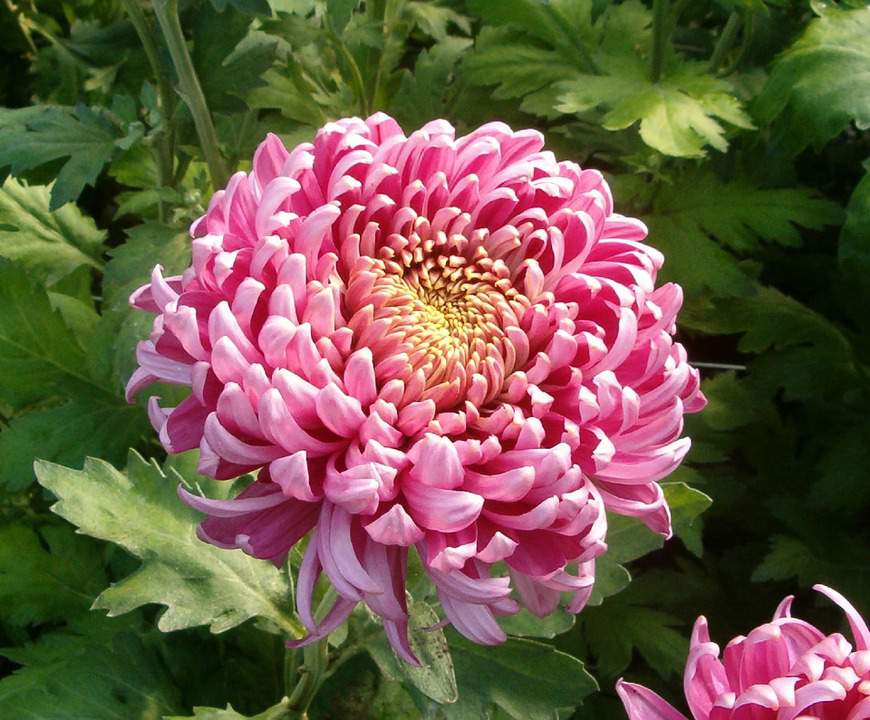All saints’ day: Hungarian traditions you probably did not know

1st November is probably best known as All Saints’ Day around the world, at least in countries holding Christian traditions. Even though it is a common Christian feast, people have some unique traditions, Hungary included.
All Saints’ Day is also known as All Hallows’ Day, Hallowmas, Feast of All Saints, or Solemnity of All Saints. It is celebrated on the 1st of November in the Christian World, so in Hungary, too. It should not be confused with All Souls’ Day, however, celebrated on the next day, 2nd November.
It first appeared as the day of remembrance in 741 by Pope Gregory the III., who extended the feast to the relics of the holy apostles and of all the saints, martyrs and confessors.
It is an official feast of the Christian society since 835 when Pope Gregory IV made it universal. There are various traditions unique to all countries on the week of the dead, like Halloween (all hallows’ evening) in the English speaking world. It is a public holiday in Hungary since 2000. Let’s see the Hungarian traditions dedicated to this day.

In Hungary, there were economical traditions as well; people hired shepherds and servants on this day, as well as holding bachelor auctions, which meant they agreed on settlements with the bachelors who wanted to serve.
It was also forbidden to work on this day. According to the tradition, those who have ploughed the soil or sowed seeds attacked the dead. Folklore says the dead were at a mass in the local church, and when the bell rang, they stood up and went home. Hence, the church prohibited washing the clothes all week because they thought the dead coming home would stand in water and the clothes would go yellow. Sawing was especially forbidden, as every stitch was a stab for their loved ones. Below is a common prayer at these masses:
“Almighty and Everlasting God,
who dost enkindle the flame of Thy love in the hearts of the saints,
grant unto us the same faith and power of love;
that, as we rejoice in their triumphs
we may profit by their examples, through Jesus Christ our Lord.”
Many Hungarians put one more plate on the table with a slice of bread, salt and a glass of water so that they could feed the ones coming home. Székely people baked a loaf of bread and called it bread of the dead. Székelys of Bukovina even took food to their graves and gave the rest to the poor.

On this day, Hungarians go to the cemetery and repair the graves of their loved ones; they put fresh flowers, mainly Chrysanthemums, on their resting place, and light as many candles as many loved ones have died. Nowadays, most of these traditions are fading away as it is not just celebrated by religious people; we are usually lighting a candle at home and in the graveyard as well and repair the graves of our beloved.
Source:





